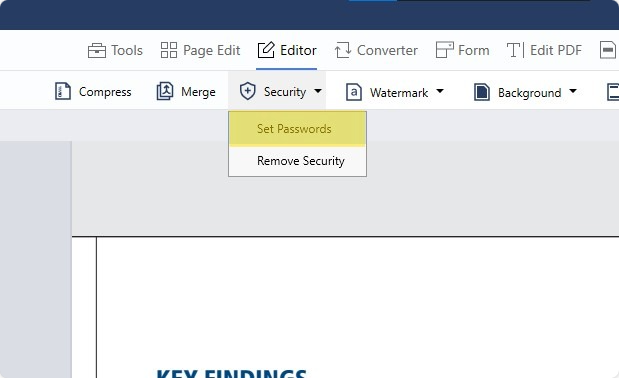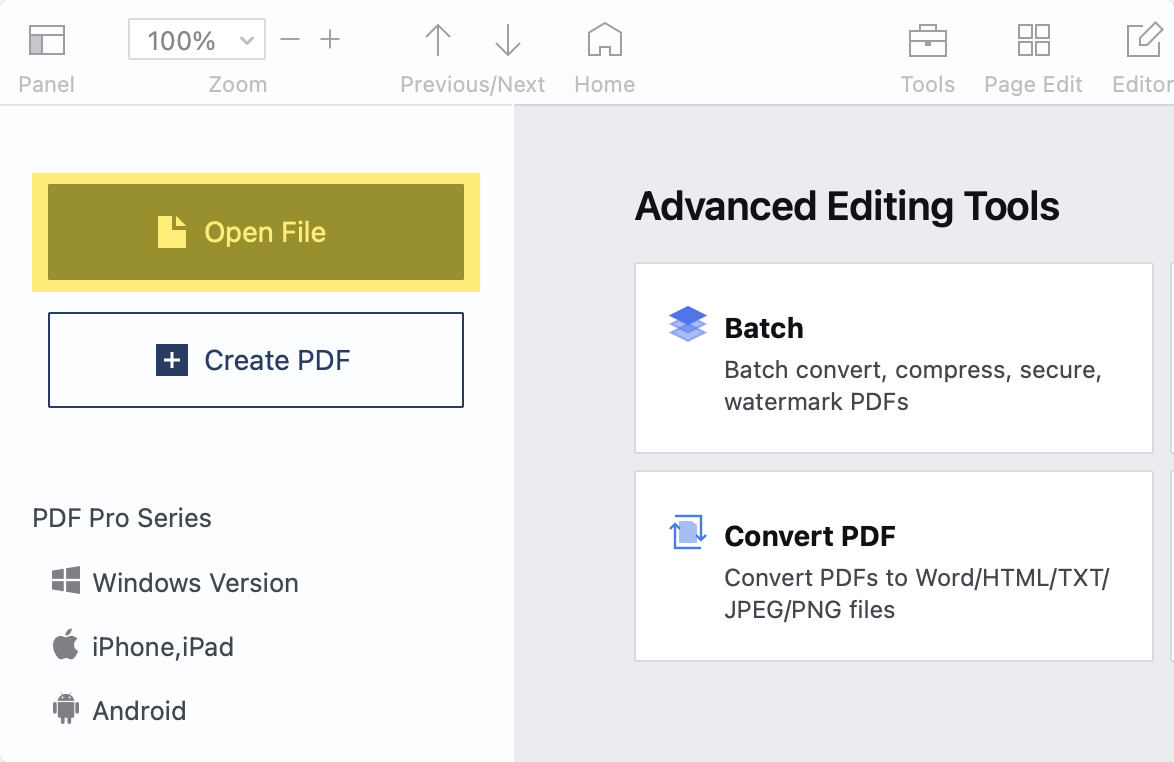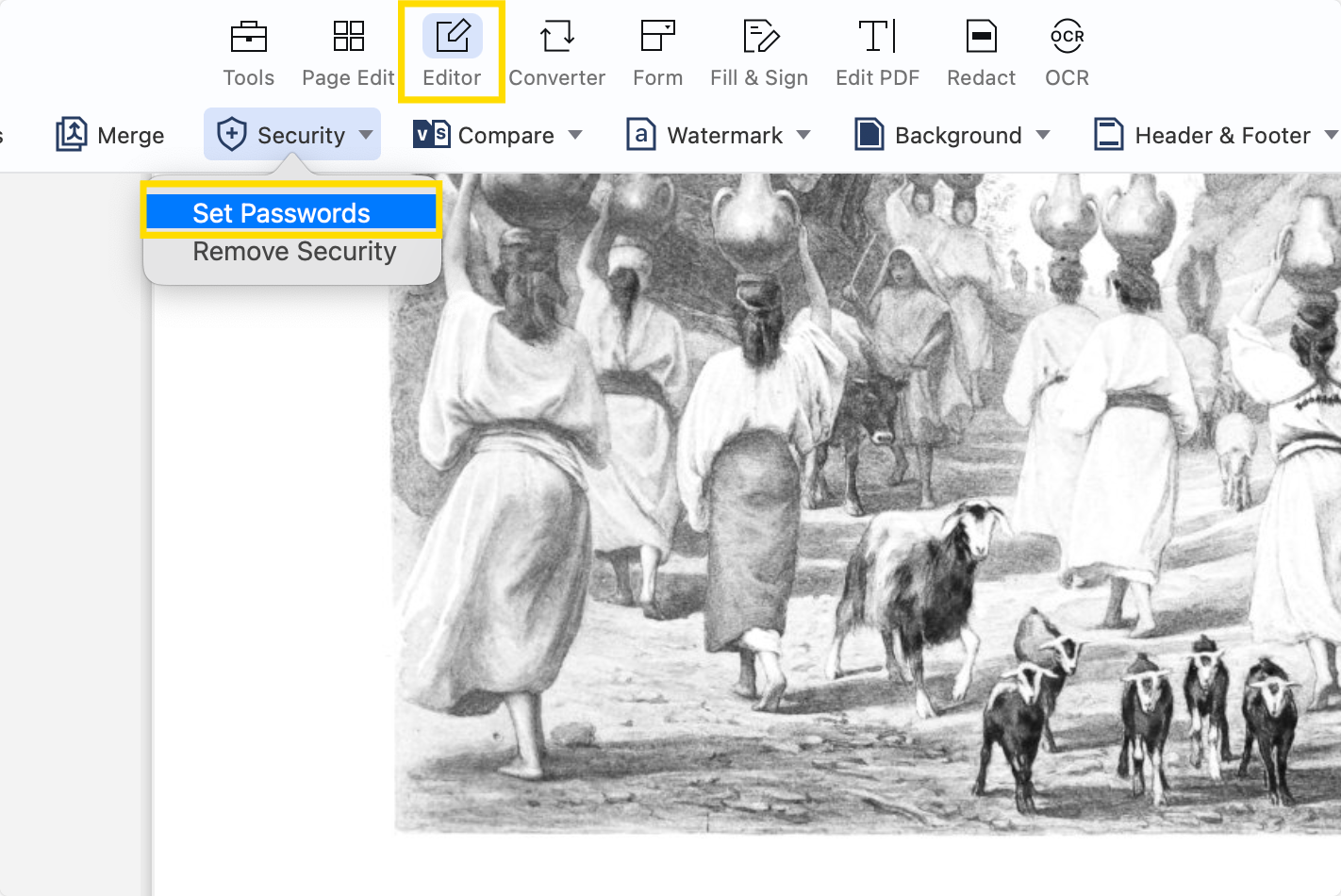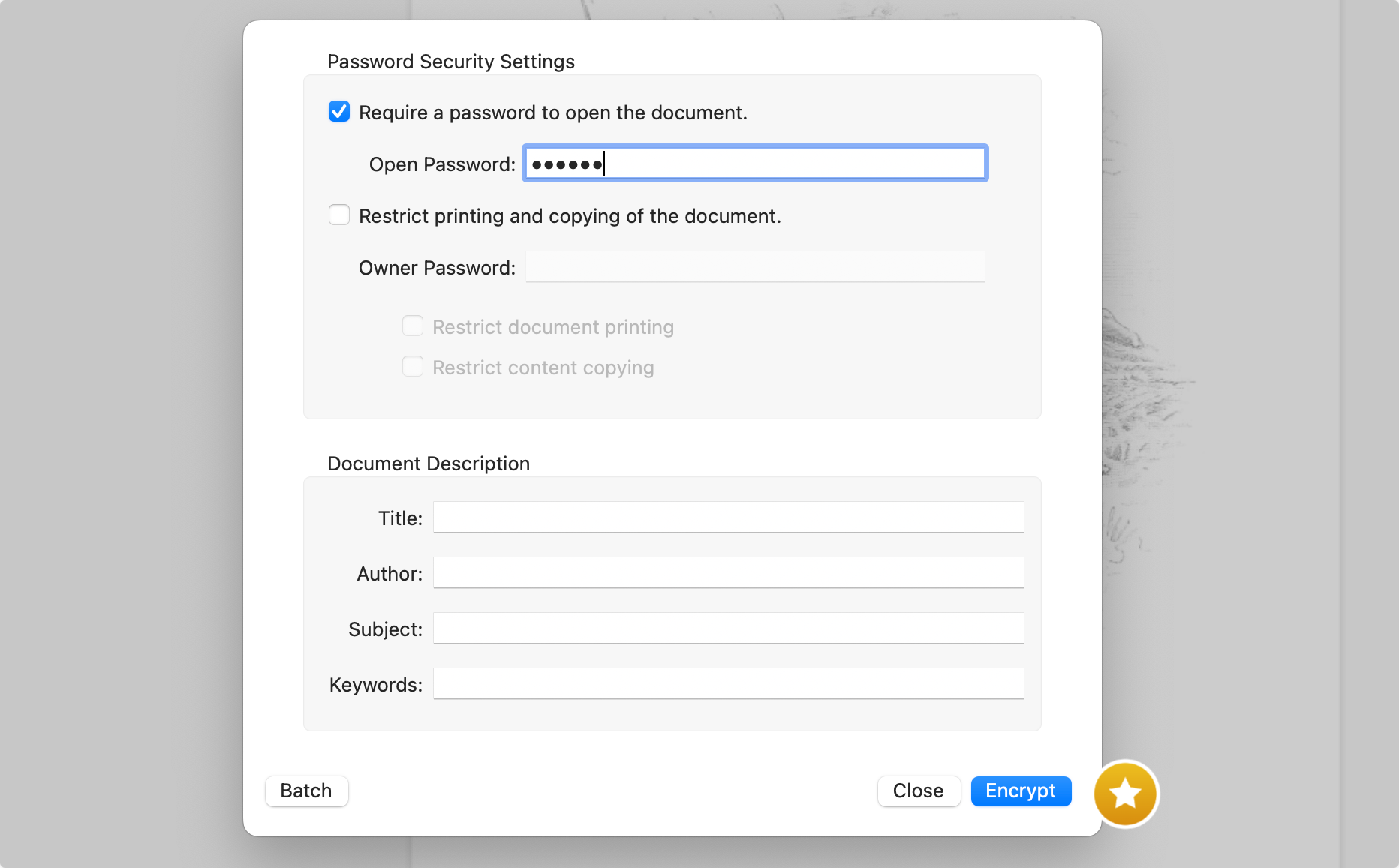Software piracy is the unauthorized reproduction, distribution, or use of copyrighted software. This practice can take various forms, ranging from the duplication of software to its unauthorized distribution, installation, or use on personal computers or networks.
Software piracy not only violates intellectual property laws but also poses significant risks and consequences for individuals, businesses, and the software industry at large.
What is Software Piracy?
Software piracy is the unauthorized copying, distribution, or use of copyrighted software.
It encompasses various activities, such as making illegal copies for sale or personal use, downloading software from unauthorized websites, and using software beyond the terms of the license agreement.
This illegal practice undermines the software industry, causing significant financial losses, security risks for users, and hindering innovation. It's a global issue that affects creators, businesses, and consumers, prompting the need for stringent copyright laws, awareness, and technological measures to combat it.
You can also read about construction accounting software tools.
How to Secure a PDF on Windows
Step 1: Starting Up
First, open PDF Reader Pro on your Windows system. You can either drag and drop your PDF file directly onto the main interface or select "Open File" to browse and open your document.
Step 2: Accessing Security Settings
Next, navigate to the "Editor" within the tools menu. Go to the "Security" option and choose "Set Passwords" to unlock the document security settings.
Step 3: Encrypting Your Document
Finally, secure your document by setting a password. Type in your desired password and hit "Encrypt." This ensures that only individuals with the password can access and view your PDF, safeguarding your sensitive information.
How to Secure a PDF on Mac
Enhance the security of your sensitive PDF files on your Mac with PDF Reader Pro's intuitive encryption tools. Here's how to easily manage access rights to your documents:

Step 1: Initiating Document Opening
Begin by launching PDF Reader Pro on your Mac. To open your confidential document, either click on "Open File" to select it from your files or simply drag and drop it into the PDF Reader Pro's home interface.
Step 2: Accessing Encryption Settings
Once your document is open, head to the "Editor" on the menu bar. Within this section, find and select "Security," then choose "Set Passwords" from the options available. This action leads you to the security features for document protection.
Step 3: Implementing Document Security
In the final step, secure your document by activating the "Require Password" option. Enter the password you wish to use for your document and confirm by clicking on the "Encrypt" button. This process ensures that your document is protected and can only be accessed by entering the specified password.
You can also read about
Types of Software Piracy
- Counterfeiting: This involves the creation and distribution of unauthorized copies of software that are often presented as legitimate versions. Counterfeit software may be sold online or through physical markets, misleading consumers about its authenticity.
- Internet Piracy: The internet has facilitated the easy sharing and downloading of copyrighted software without proper licenses. This includes software available through peer-to-peer networks, illegal download sites, or file-sharing platforms.
- End-User Piracy: Sometimes, legitimate users of software might install and use software beyond the scope of the license agreement. This includes installing software on more computers than the license permits or sharing it with others not covered under the license.
- Client-Server Overuse: This form of piracy occurs when more individuals are using the software at the same time than the license permits, common in workplace environments where software is installed on a network.
- Hard-Disk Loading: This practice involves installing unauthorized copies of software on computers being sold, offering customers bundled software without proper licenses.

The Impact of Software Piracy
Software piracy has far-reaching consequences, affecting everyone from individual creators to large corporations:
- Economic Losses: The software industry loses billions of dollars annually due to piracy, impacting revenue, investment in research and development, and employment opportunities within the sector.
- Security Risks: Pirated software often lacks official support and updates, making it vulnerable to malware, viruses, and other security threats. This can lead to significant data loss or theft for users.
- Legal and Financial Penalties: Individuals and organizations caught using pirated software may face hefty fines, legal action, and damage to reputation.
- Harm to Innovation: The loss of revenue due to piracy can reduce the resources available for developing new, innovative software products, ultimately affecting the quality and variety of software available to consumers.
Software Piracy: Best Practices
Illegal Software and Online Piracy
The proliferation of illegal software downloads and online piracy poses significant risks to software users, including exposure to malware and legal consequences. Encouraging the use of licensed software and educating about the dangers of online piracy are essential steps in reducing these practices. With over 10 sources confirming the widespread nature of online piracy, it's clear that concerted efforts are required to address this issue.
Confronting Software Pirates and Protecting Copyright Holders
Engaging with legal mechanisms to protect intellectual property rights is crucial. Copyright holders, supported by 8 sources, can take legal action against software pirates, who, as identified by 9 sources, often distribute unlicensed software without regard for the law. Implementing robust copyright management systems can deter illegal copying, a concern highlighted by 8 sources.
Combatting Commercial Software Piracy
Commercial software piracy, including the unauthorized distribution of software programs through online auction sites or other channels, undermines the software industry. Education about the consequences of software piracy, cited by 4 sources, and the enforcement of end-user license agreements can help protect original software and its creators.
The Role of Software Licenses and Licensing Agreements
Understanding and adhering to software licenses and licensing agreements is vital in preventing software piracy. These legal documents, which dictate the permissible use of a piece of software, can help curb the unauthorized copying of software. Moreover, software vendors and publishers must ensure that their licensing terms are clear and enforceable to prevent misunderstandings that could lead to copyright violations.
Technological Measures and Software Security
Employing technological solutions such as software licensing solutions, security patches, and regular updates can enhance software security and deter piracy. Proprietary software, often targeted by pirates, requires robust protection mechanisms to prevent unauthorized access and distribution.
Legal and Financial Implications
The consequences of engaging in or facilitating software piracy are severe, including criminal penalties and monetary damages. Statutory damages, intended to compensate copyright holders for losses, underscore the legal risks associated with copyright infringements.
Encouraging Ethical Use
Promoting the ethical use of software through education and awareness campaigns can change user behavior. Highlighting the risks of software piracy, including potential online security threats and the impact on software quality and innovation, encourages users to support original products and software vendors.

Software Piracy: FAQ
What are the legal ramifications of software piracy?
Software piracy carries significant legal ramifications, including potential civil and criminal penalties. Individuals or organizations found guilty of copyright infringement can face fines, damages, and in some cases, imprisonment. Legal repercussions are meant to deter piracy by imposing consequences that underscore the seriousness of copyright violations.
Can using pirated software expose me to malware attacks?
Yes, malware attacks are a common risk associated with using pirated software. Malware infection can occur when downloading software from untrustworthy sources, often leading to data theft, system damage, and privacy breaches. Pirated software typically lacks the security updates and support provided by legitimate versions, making them vulnerable to malicious software.
What is a manufacturing subsidiary’s role in combating software piracy?
A manufacturing subsidiary, especially in the context of producing and distributing software, has a crucial role in implementing anti-piracy measures. This includes ensuring that all software produced and sold has the correct license and is free from illegal copies. By controlling the production process, these subsidiaries can significantly reduce the availability of fake copies in the market.
What does having the correct license mean for software use?
Having the correct license for software use means that the user or organization has legally obtained the rights to install, use, or distribute the software according to the terms set by the legal owner or copyright holder. This ensures compliance with copyright laws and supports ethical use and distribution of software.
What are the consequences of making extra copies of software without authorization?
Making extra copies of software without the proper authorization from the copyright holder is a form of copyright infringement. This activity can lead to legal action against the individuals or entities involved, resulting in fines, damages, and other legal repercussions aimed at compensating the copyright owner for lost revenues and deterring further piracy.
How do fake copies of software harm licensed users and the industry?
Fake copies of software undermine the value of legitimate software investments made by licensed users and the industry. They lead to lost revenues for software companies, which can impact the development of new products and support for existing ones. Moreover, they can create unfair competition and degrade the overall quality and security of software in the market.
What are anti-piracy software and software copy protection?
Anti-piracy software and software copy protection are technologies designed to prevent the unauthorized copying and distribution of software. These measures include digital rights management (DRM), encryption, and licensing controls that help ensure only licensed users can access and use the software. They play a critical role in safeguarding the intellectual property rights of software creators.
How can software licensing services help combat software piracy?
Software licensing services provide mechanisms for managing and enforcing the use of software according to the terms of a licensing agreement. By facilitating the distribution of licenses, tracking usage, and ensuring compliance, these services help prevent unauthorized use and distribution, thereby reducing the incidence of software piracy.
Are there ethical considerations in the decision-making process regarding software piracy?
Yes, ethical decision-making plays a significant role in addressing software piracy. Individuals and organizations must consider the moral implications of their actions, including respect for intellectual property rights and the impact of piracy on the software industry and wider community. Ethical considerations encourage responsible behavior and compliance with copyright laws.








 Free Download
Free Download  Free Download
Free Download 









